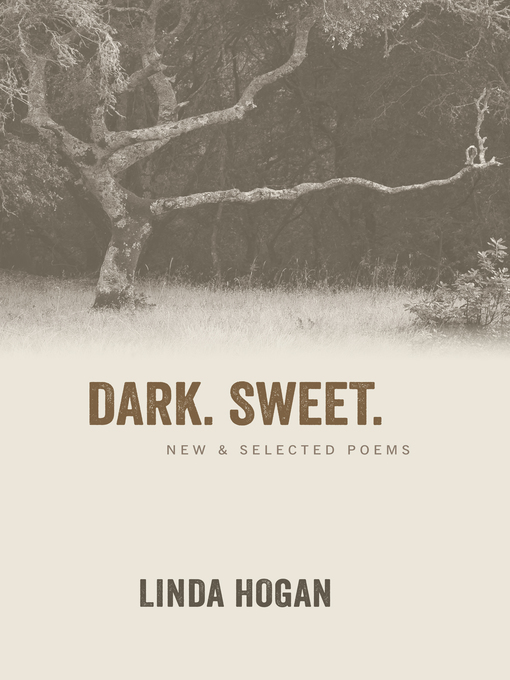
The Glooscap stories were used to teach values, traditions, and ways of life. Physically he is said to be twice as tall as a regular person, but still looks like an ordinary Indian (Hill and Frankenberg 19). He has been called a cultural hero who was a great Motewolon (a man or woman who has learned to wield great power), and was the most powerful being of all (Teeter and LeSourd xvii). Many versions of the legend suggest that he is responsible for how our current landscape appears.


An embodied persona, Glooscap is considered to be the first human, a great and powerful being who shapes landscapes and shrinks or grows the animals around him. The Glooscap legend is essentially a creation story. Today, Glooscap stories can be found in many books and can be heard on the New Brunswick Museum’s website (“Koluskap”).

Like all oral legends, the Glooscap legend has no original author, and there is no date of origin known, but it is nevertheless enjoyed and shared by both the Wabanaki and non-Wabanaki. One influential legend in their histories is the legend of Glooscap. Oral traditions have always been very important to the life of the Wabanaki, and they preserved their knowledge within their generations (Hulan & Eigenbrod 7). These Nations recorded their histories though storytelling and language. Meaning “People of the First Light” or “People of the Dawnland,” Wabanaki is a confederation of the Mi'kmaq, Maliseet, Passamaquoddy, Abenaki, and Penobscot First Nations. She co-edited the Journal of Canadian Studies with Donald Wright from 2005-2008.The Wabanaki have been living in New Brunswick and around the Maritime provinces for thousands of years.

She is the author of Climate Change and Writing the Canadian Arctic (Palgrave 2018), Canadian Historical Fiction: Reading the Remains (Palgrave 2014), Northern Experience and the Myths of Canadian Culture (MQUP 2002), and the editor of Native North America: Critical and Cultural Perspectives (ECW 1999) and Aboriginal Oral Traditions: Theory, Practice, Ethics co-edited with Renate Eigenbrod (Fernwood 2008). Renée Hulan is Professor of English Language and Literature at Saint Mary’s University in Halifax, Nova Scotia and the 2020-2021 Craig Dobbin Visiting Professor in Canadian Studies at University College Dublin. Using the concept of “visual sovereignty” developed by Indigenous scholars, the presentation looks at the representation of “pibloktoq” in relation to the reclamation work by Inuit communities, such as Project Naming in Canada. Prof Renée Hulan (Craig Dobbin Visiting Professor in Canadian Studies, UCD)


 0 kommentar(er)
0 kommentar(er)
